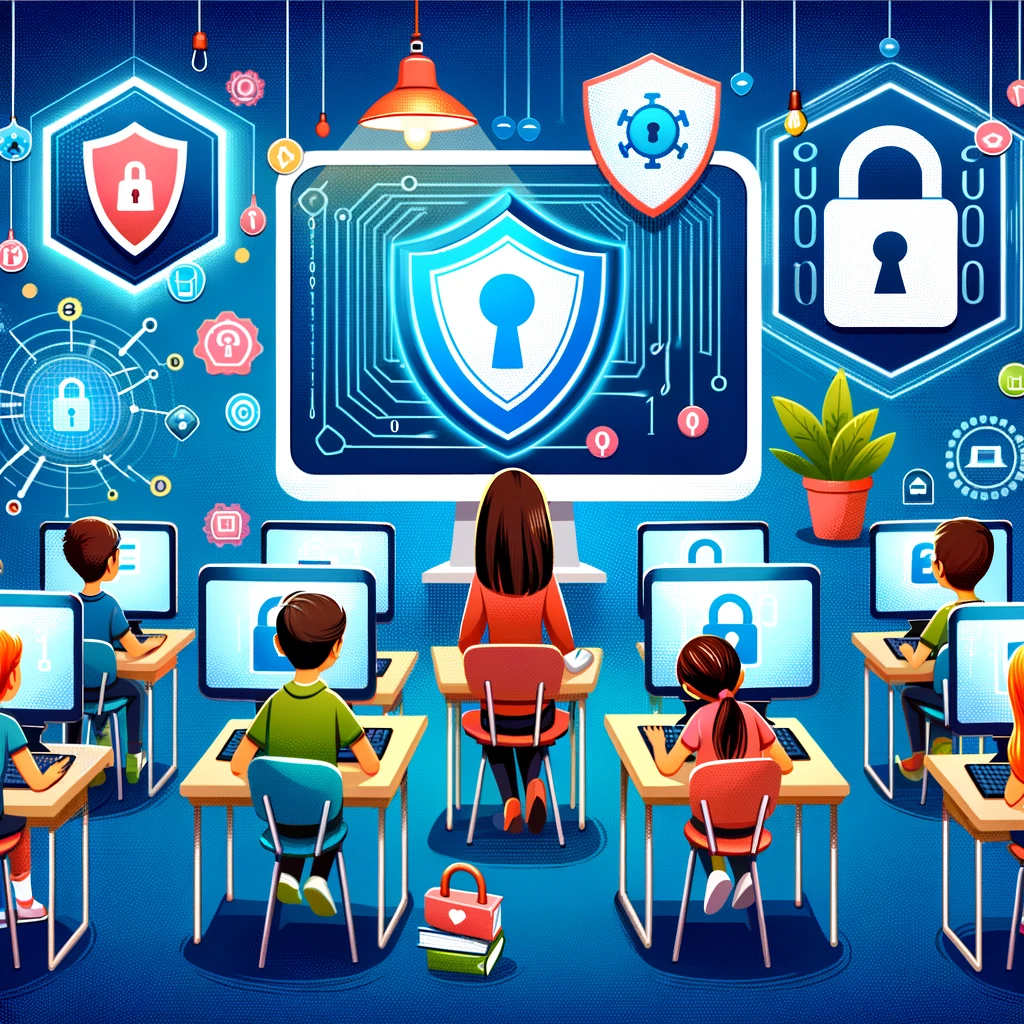In the rapidly evolving landscape of education, the shift towards remote learning has brought forth a new frontier in cybersecurity. With students and educators increasingly relying on digital platforms for learning, protecting sensitive educational data has never been more critical. This shift has opened doors to various cyber threats, making it imperative for educational institutions to fortify their digital defenses. This blog delves into the essentials of cybersecurity in the context of remote learning, outlining strategies to protect vital educational data.
The Rise of Remote Learning and Associated Cyber Risks
The global shift to remote learning, significantly accelerated by the COVID-19 pandemic, has fundamentally transformed the educational landscape. This transition, while beneficial, has also exposed educational systems to heightened cyber risks. Educational institutions have become prime targets for cybercriminals, with threats ranging from data breaches and phishing scams to more sophisticated ransomware attacks. The vulnerability of personal and institutional data in this digital learning environment underscores the urgent need for robust cybersecurity measures.
Essential Cybersecurity Measures for Remote Learning
To counter these threats, several key cybersecurity practices are paramount. First, the use of secure Virtual Private Networks (VPNs) ensures encrypted connections, safeguarding data from unauthorized access. Strong password policies and the implementation of multi-factor authentication add additional layers of security. Regular updating of software and security protocols is crucial in keeping cyber threats at bay. Moreover, ensuring secure Wi-Fi networks, especially in home learning environments, is essential in protecting against potential intrusions.
Data Protection Laws and Compliance in Education
Navigating the complex landscape of data protection laws like the General Data Protection Regulation (GDPR) and the Family Educational Rights and Privacy Act (FERPA) is crucial for educational institutions. These regulations mandate stringent data protection standards, making compliance a top priority for remote learning platforms. Understanding and adhering to these laws not only safeguards data but also reinforces the institution's reputation and trustworthiness.
Role of Teachers, Students, and Parents in Cybersecurity
Cybersecurity is a collaborative effort. Teachers must be vigilant and educated about potential cyber threats and how to counter them. Students should be taught safe online practices, like recognizing phishing emails and securing personal data. Parents play a crucial role as well, especially in monitoring younger students' online activities and ensuring a secure learning environment at home.
Case Studies: Lessons Learned from Past Cybersecurity Incidents in Education
Several educational institutions have fallen prey to cyberattacks, offering valuable lessons in cybersecurity. For instance, the ransomware attack on the University of California, San Francisco, in 2020, which resulted in a significant data breach and a large ransom payment, highlights the importance of proactive cybersecurity measures and the need for regular data backups.
The Future of Cybersecurity in Education
As technology continues to evolve, so do the challenges in cybersecurity. The future will likely see the integration of advanced technologies like Artificial Intelligence (AI) and Machine Learning in threat detection and response. However, the core principle remains constant: vigilance and proactive measures are key to securing the digital educational landscape.
If you are interested in learning more, Schedule a call today.





